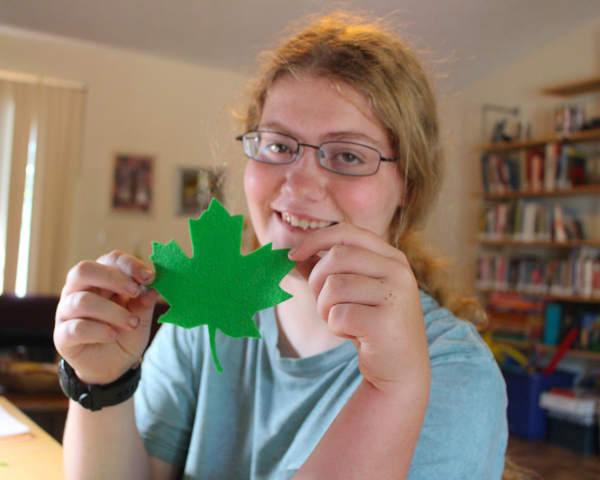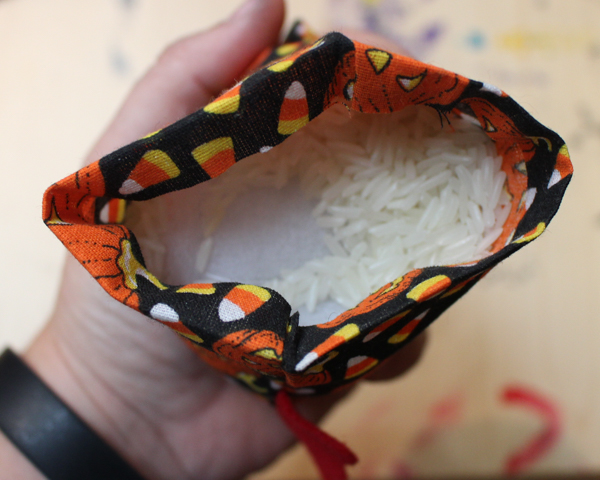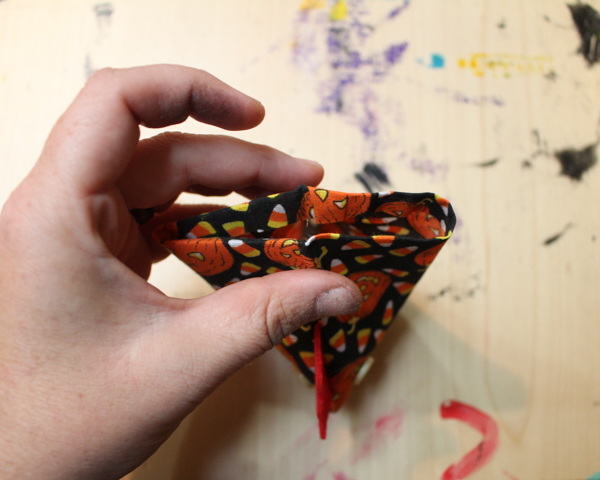This is what happens when you write lesson plans while you're hungry.
Chapter 2 of the high school kid's astronomy textbook covers the history of astronomy, and we've done some really cool projects to extend that information or contextualize it--with even a couple more planned, because I freaking LOVE the history of astronomy.
The most elaborate of these projects--so far--has been making a gingerbread Stonehenge, something that I have wanted to do approximately all my life.
Modeling is a great way to help a kid really dig into the geography and physicality of an artifact, as well as encourage them to look more closely at it. I mean, yes, you probably know what Stonehenge looks like more or less, but how many stones are there actually? What is their exact configuration? How many are currently standing? What, exactly, do we think it looked like when first constructed?
Making a model, whether it's out of clay or gingerbread, means that you've got to put the research in to answer most of those questions, and the answers will likely stick in your memory, too.
The gingerbread is just the bonus!
For this project, I first made this M&M cookie cake. I've baked this cookie cake a few times, and although it's not my favorite cookie recipe, it IS a reliable and tasty-enough cookie cake, which is why I keep it in my repertoire. But if anybody knows a reliable cookie cake recipe that also tastes so super amazing, please let me know! We eat a lot of cookie cakes over here!
For the gingerbread, I used the construction gingerbread recipe from Serious Eats. This is what we used for our thousand and one gingerbread cookies--and houses!--last Christmas, and anyway, Serious Eats would never steer me wrong. I made royal icing using this Wilton recipe, which is convenient since that's the brand of meringue powder I own! Even halving the recipe I made WAY too much, but the recipe claims that you can freeze it, so, remembering last Christmas Eve when I forced everyone together to decorate cookies at 6:00 pm and THEN realized that we were out of powdered sugar, I was pretty stoked to freeze the rest. Cross your fingers that it's still delicious at 6:00 pm on Christmas Eve!
Add some green cream cheese frosting to the top of the cookie cake (I thought about floating the idea to the high school kid that we pipe it on using the pastry tip that looks like grass, but even I know when I'm going too far. Sometimes), and it was ready for Stonehenge!
- Stonehenge Skyscape. I really like this site because it gives an accurate simulation of the position of the sun, moon, and stars and planets visible from Stonehenge, based on the current local time.
- sand clay Stonehenge. This homemade sand clay, with some black food coloring added to the recipe, makes the model Stonehenge look really realistic!
- coloring page. These Education.com coloring pages are often surprisingly good. If you print them extra small, they're perfect for adding to a homemade giant map.
- British Prehistory. This BBC page is a good way to get some more geographic and historical context for Stonehenge and other henges from the same time period.
- Stonehenge visitor information. The official website for Stonehenge is SO GOOD! It tells you a ton of background information about the site, has excellent photos of artifacts in the attached museum, and links to a bunch of other prehistoric sites in the UK.
- Stonehenge audio tour. Do you like to close your eyes and use your imagination? This audio tour, meant to be listened to actually at Stonehenge, will make you feel like you're there!
- Stonehenge: The Story of a Sacred Landscape
- If Stones Could Speak: Unlocking the Secrets of Stonehenge
- A Brief History of Timekeeping

















































